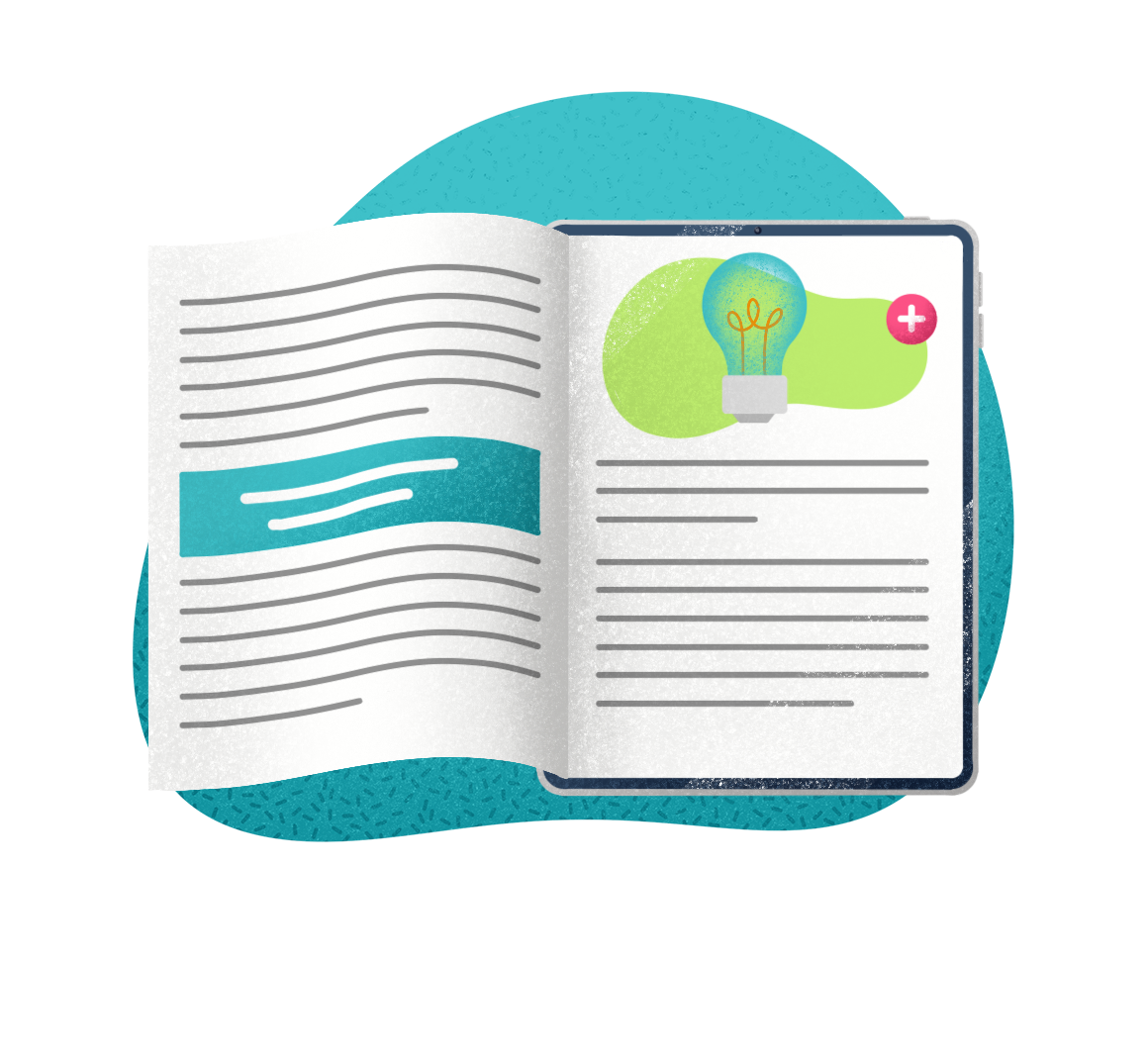A happy marriage between IT and business may seem elusive. It isn’t that the IT and business can’t appreciate one another and create a beautiful relationship, or that these business units necessarily bump heads. But due to its functional nature, IT is often sidelined and considered to be a necessarily, but costly burden with a “we need IT to keep the lights on” way of thinking.
With this way of thinking, it is not a surprise that digital transformation efforts can become difficult, straining the already tenuous relationship between IT and business. So how do we foster a love story between IT and business?
Short of setting these teams up on a date, this Valentine’s day there are a few steps to take to create a better IT-business relationship. No chocolates or flowers required (although most would agree that these are welcome!).
Improving the IT- Business Relationship Requires a Change of Mindset
Just as it takes a shift in mindset to improve personal relationships, it takes the same type of shift to improve the relationship between IT and business. Rather than viewing IT as an expensive knight in shining armor, there to save the day when things go wrong, there are a few specific ways to shift your thinking, no matter which side you are part of.
Mindset Shift 1: The Love You Take (the Outcome) is Equal to the Love You Put In (Contributions)
The Beatles once said that in the end, the love you take is equal to the love you put in. The same can be said of interactions between business and IT. By this, I mean that the mindset must shift from focusing on the output to focusing on the outcome.
To shift from outputs to outcomes, the first step is to know what value means for the business and how you, the service desk, contribute to that. Every business has ways to generate money, and those are usually defined as operational value streams. Think of them as products or services that generate money for the business. Once we know these value streams, it will be clear what is needed to enable them. In other words, the role and strategy of IT will be based on supporting the operational value streams (or the contributions of the IT department).
In IT, we usually see five themes: ensuring operational stability, fulfilling requests, onboarding, increasing employee engagement and satisfaction, and the impact on continual service improvement. Let me dive in deeper on these.
- Our first theme is operational stability — or keeping the lights on. Think about it: the quicker we resolve an incident, the less productivity loss we have. Cloud based IT Service Management software can help in this regard.
- The second theme is about request fulfillment. And the more efficiently that goes, the bigger the positive impact there is on business-process enablement. This can be made simpler with ITSM automation.
- The third theme, onboarding, is a crucial process because of its complexity and the impact on the entire organization and on employee engagement. A big opportunity to increase value comes when we take a holistic approach to the onboarding process that is not just based around the first day.
- The fourth theme is employee engagement and satisfaction. Usually, there are a lot of initiatives around creating a “WOW” customer experience, but when it comes to employees the same effort is not in place.
- The last theme is about the impact the service desk has on continual service improvement. The service desk is a major communication point within organizations. An opportunity to increase value here is improving the feedback loops towards and from development, operations, and the business.
Mindset Shift 2: Say YES! To Business Engagement
Especially in busy times, it is easy to lose connection with the business. We tend to get so caught up in the daily firefighting that we can easily forget that our mindset should include engagement.
Actively measuring and keeping track of the service desk’s outcomes and how those impact the operational value streams of the business is a good starting point. However, business engagement is not a trickle-down model. True business engagement starts from the bottom as well.
This level of engagement can feel a lot like dating in the sense that you must build up trust and grow a relationship with care. You wouldn’t ask someone to marry you on the first date, and in the same way, you must build the relationship between IT and business with this same level of engagement and trust building. For example, for service desks, this can be regular check-ins with new hires, as well as “walk a mile” days where either someone from the business follows the service desk or vice versa. It should be noted that these initiatives may first require a lot of to-do lists, complaints, questions, and requests that you have probably never heard of before
As you create more trust, you will get to a higher discussion level and be able to work on gaining more business engagement. This leads into another type of engagement – engaging with specific persons within departments in the organization. You will want to identify the go-to persons within each group and engage with them, because they will know more of what is going on within the organization. This is beneficial because the go-to people are usually more tech-savvy and can give you more background details on underlying challenges. This goes beyond just involving stakeholders in change and release management processes, it means understanding their daily processes.
Mindset Shift 3: Speak the Same Love Language: Customer Centricity
Chances are that the IT department and the rest of the business speak the same love language: customer centricity.
The majority of unhappy customers won’t complain. When they don’t get a good service, they’ll instead find other solutions, only turning to you when really necessary. This is less than desirable to say the least and leads to customers who would be using the support desk to find their own workarounds (which may cause more problems).
Knowing this, you must ask yourself the question: do you have a full picture of how to be customer centric?
Metrics and engagement don’t solve this query alone. While a customer can be satisfied with every transaction or interaction with the service desk, the overall satisfaction can still be bad. This is why it is crucial to measure the end-to-end experience from a holistic view instead of a transactional perspective.
When talking about customer centricity and customer service, it is important to note that this does not mean doing whatever the customer asks without looking into their needs more deeply. Even if the customer calls knowing what they need, it goes further than that.
For example, when I go to the doctor, I talk about my symptoms, I do not go there with a diagnosis or a treatment plan. When people call the service desk, it should be the same thing. If people ask for a specific solution, the service desk should always make sure they know the actual symptoms or, in other words, what the employee wants to achieve and why. And that means expressing empathy, asking a lot of questions, and never assuming. The question behind the question opens up the path to innovation and higher customer satisfaction.
.jpg)
Share the Love
When the IT-business relationship seems strained, it is important to remember that you are both working toward the same goals. I like to think of this as a train – the IT department is building the track while the business side is powering and steering the train on top of those tracks. One cannot fully function without the other. With that in mind, it can help to give a little love when you are creating a closer IT-business relationship. Work with empathy and listen fully and you will see a major shift in your mindset.
To learn how ITSM can help connect business and IT goals, get a demo of EasyVista Service Manager here!
P.S. Don’t miss our #ShareTheLove gift card giveaway! On Twitter, share your favorite IT moment or why IT support makes you swoon and tag #ShareTheLove and @EasyVista by February 14 to be entered to win!
Infographic – The status of SMB IT in 2026
Explore how AI, automation & integrated ITSM/ITAM are reshaping IT strategy—at every scale.


